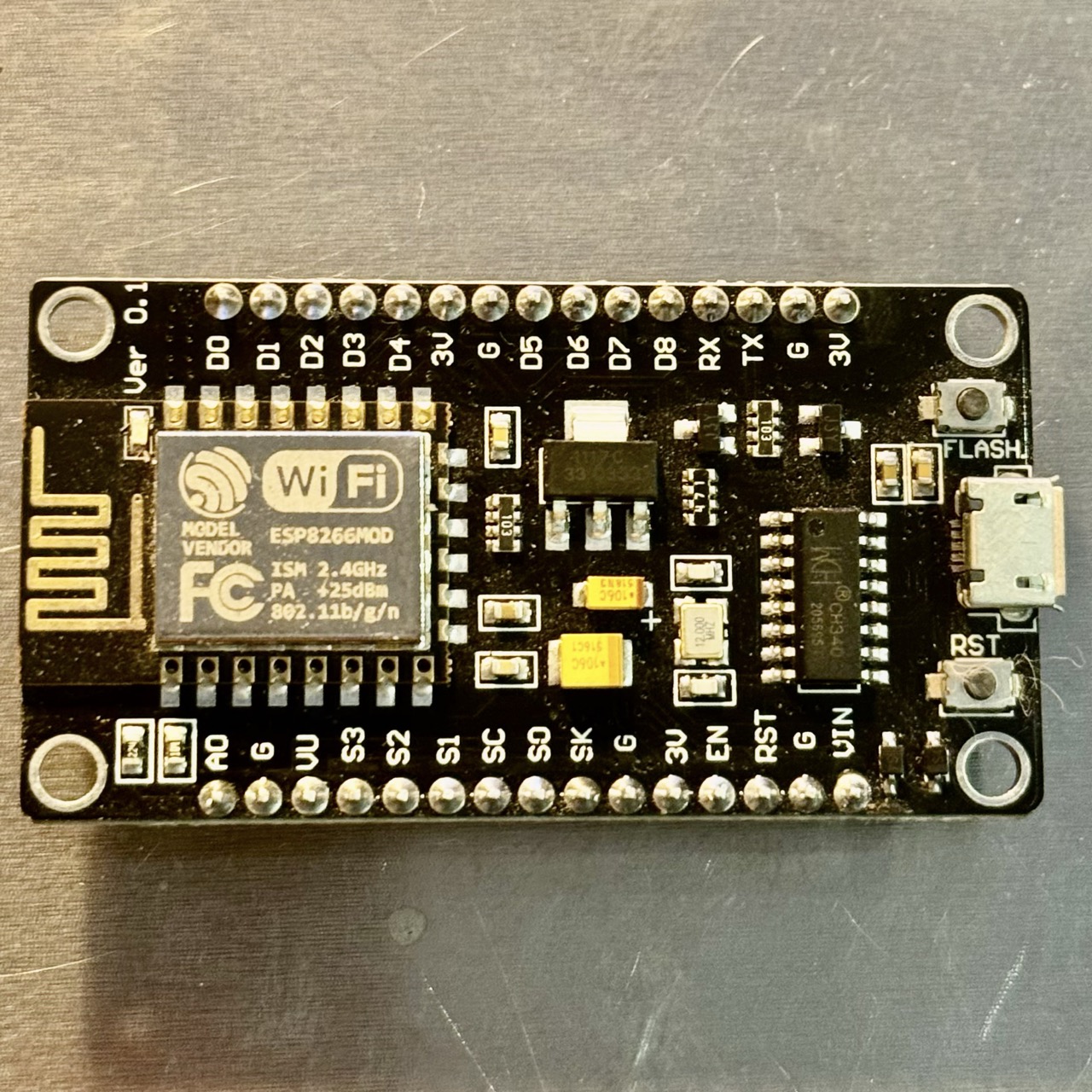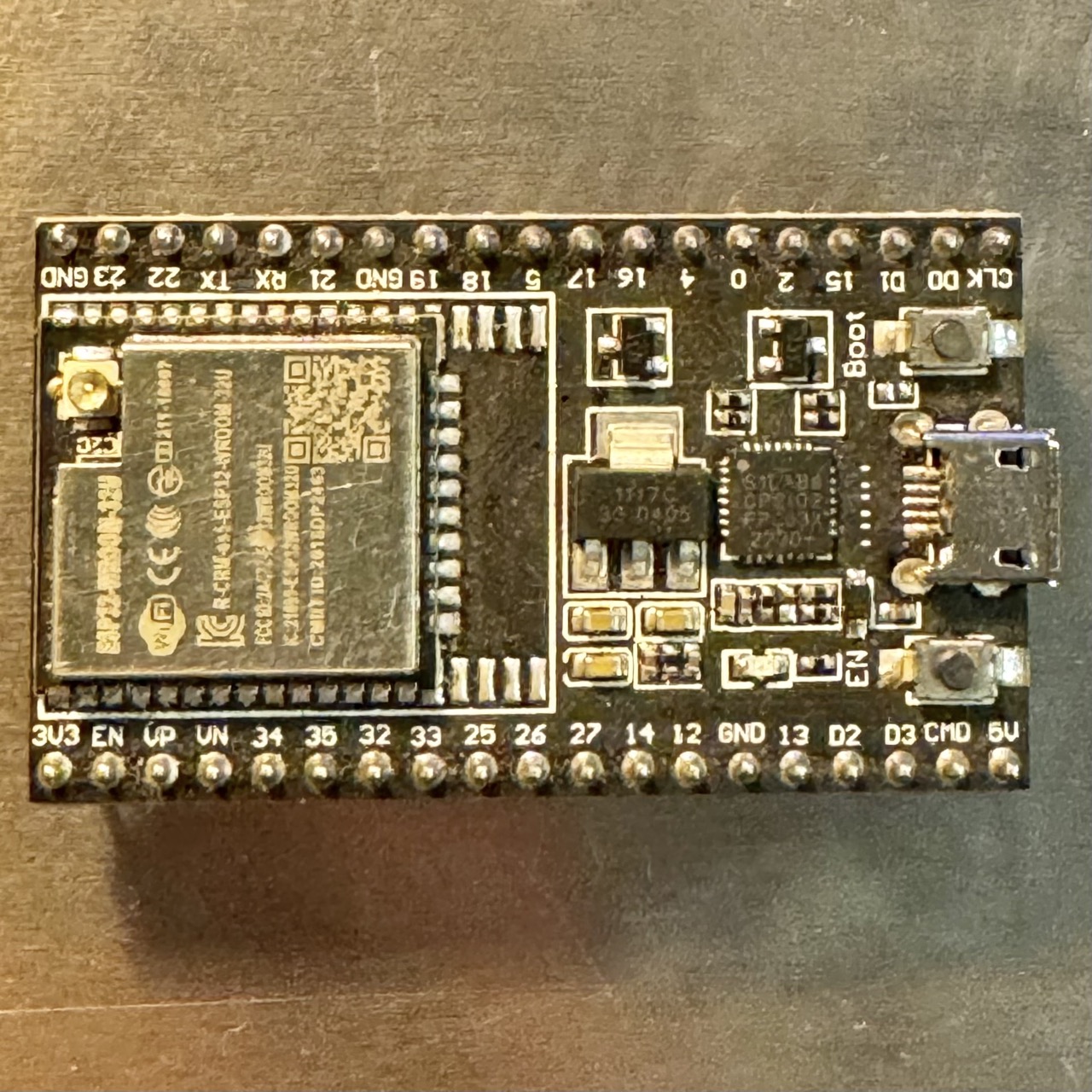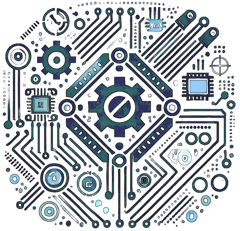The ESP Platform
Espressif Systems, a renowned semiconductor company, specializes in creating advanced microcontrollers for IoT applications. The ESP platform, including popular series like ESP8266 and ESP32, combines powerful processing capabilities with integrated Wi-Fi and Bluetooth features, making it a leading choice for IoT projects.
With a wide array of development boards, a user-friendly SDK (ESP-IDF), and support for Arduino IDE, the ESP platform caters to beginners and professionals aiming to build smart, connected devices.
Key Features of ESP Microcontrollers
- Integrated Connectivity: ESP boards feature built-in Wi-Fi and Bluetooth, streamlining IoT development.
- High Performance: Dual-core processors and fast clock speeds enable complex computing tasks.
- Low Power Consumption: Optimized for battery-powered devices with deep sleep modes.
- Wide Programming Options: Compatible with ESP-IDF, Arduino IDE, and other programming environments.
- Open Source Support: Extensive libraries, examples, and community projects.
No Ads Available.
Popular ESP Boards
1. ESP8266
The ESP8266 is the board that revolutionized affordable IoT development. Known for its compact size, built-in Wi-Fi, and low cost, it is ideal for projects like home automation and remote monitoring.
- Microcontroller: Tensilica L106
- Clock Speed: 80 MHz (up to 160 MHz)
- Flash Memory: Up to 16 MB
- Wi-Fi: 802.11 b/g/n

2. ESP32
The ESP32 is a feature-rich successor to the ESP8266, offering dual-core processing, integrated Wi-Fi and Bluetooth, and an array of GPIO pins. It is suitable for projects requiring more processing power and connectivity options.
- Microcontroller: Xtensa Dual-Core 32-bit LX6
- Clock Speed: Up to 240 MHz
- Wi-Fi: 802.11 b/g/n
- Bluetooth: BLE + Classic
- Flash Memory: Up to 16 MB

Choosing an ESP Board
Your choice of ESP board depends on your project:
- ESP8266: Ideal for simple IoT projects that require Wi-Fi connectivity at a low cost.
- ESP32: Suitable for advanced projects that need Bluetooth, dual-core processing, or multiple GPIO pins.
- ESP32-S3: Designed for AI and multimedia applications with additional hardware acceleration for neural networks.
Conclusion
Espressif Systems' ESP platform has emerged as a leading force in the IoT landscape, empowering developers with a robust and accessible ecosystem for bringing innovative connected devices to life.
From the budget-friendly ESP8266 to the feature-rich ESP32 and the AI-focused ESP32-S3, the platform caters to a wide range of needs and skill levels.
With a dedicated community, extensive documentation, and a commitment to open-source development, Espressif provides the foundation for a thriving IoT ecosystem, making it an ideal choice for both hobbyists and professionals alike.
Explore the ESP8266 for cost-effective projects, the ESP32 for versatile IoT solutions, or the ESP32-S3 for advanced AI applications. With an active community and comprehensive support, the possibilities are endless.

